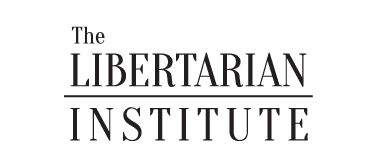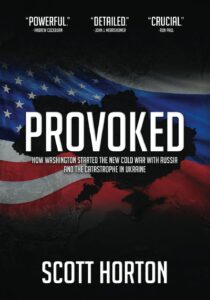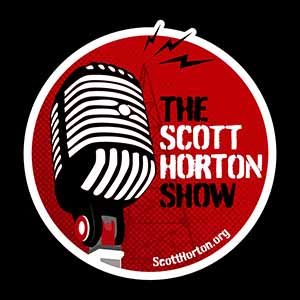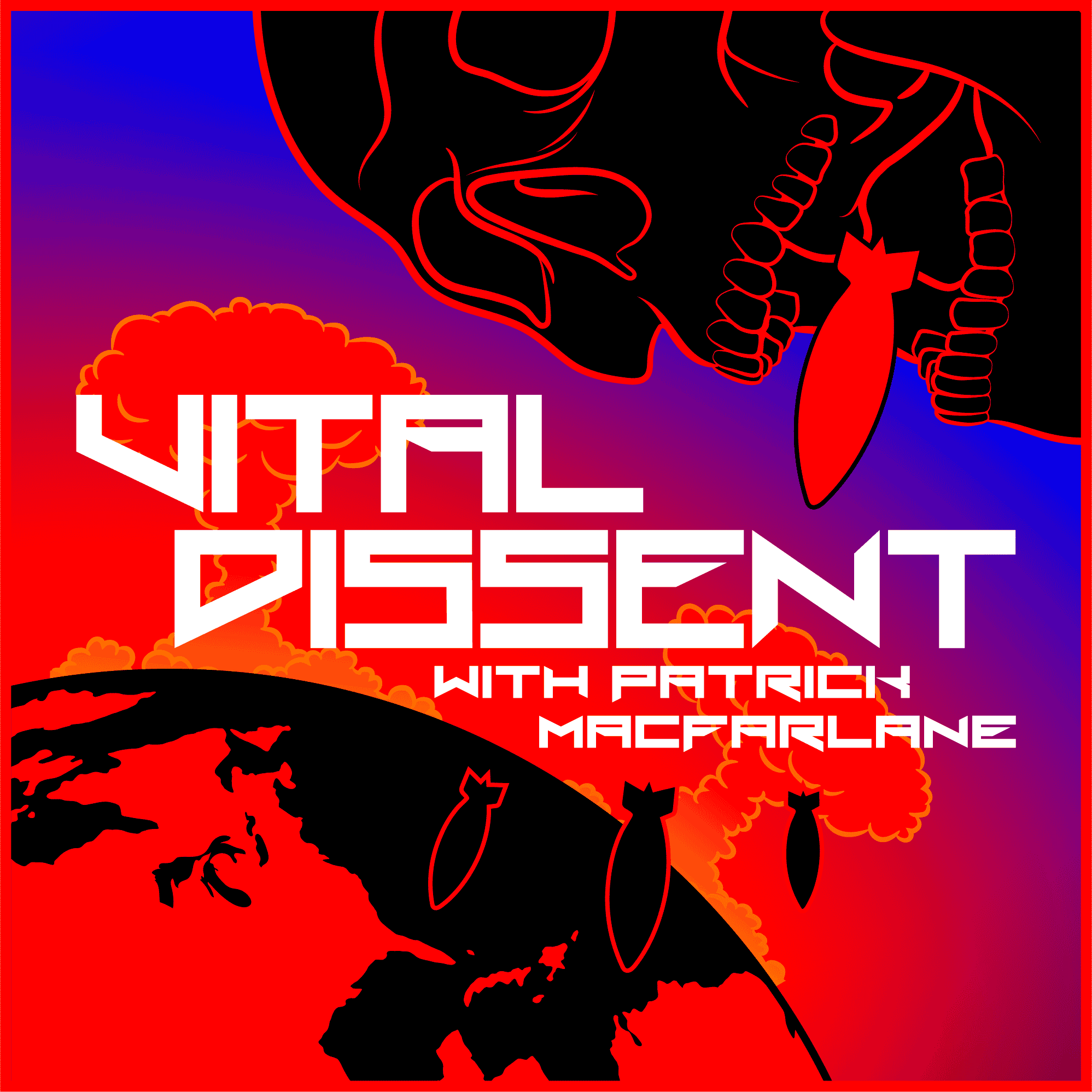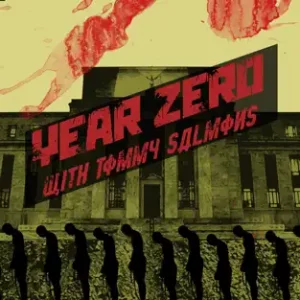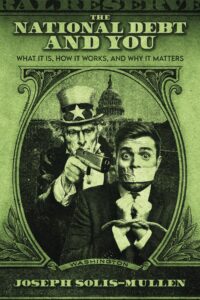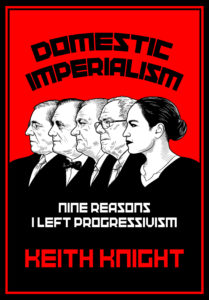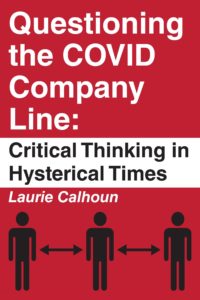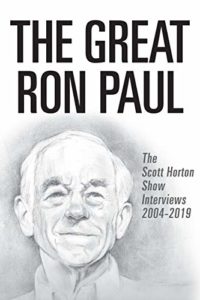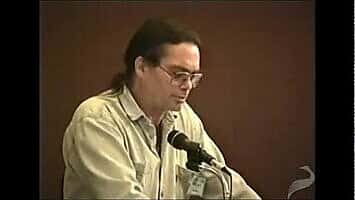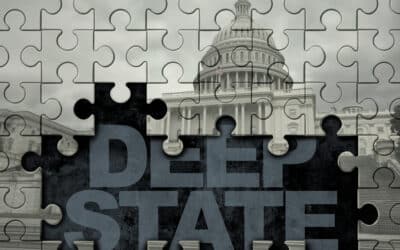“We candlemakers are suffering from the unfair competition of a foreign rival, whose production costs are so low that he floods our market with light at a price far below ours…This rival is none other than the sun.”- Frédéric Bastiat, Economic Sophisms (1845)
Frédéric Bastiat’s mid-nineteenth century satire exposed the folly of shielding inefficient industries, yet today’s politicians repeat the same error with tariffs that tax global trade to prop up costly domestic production. Like candlemakers demanding shuttered windows, these policies burden families, farmers, and small businesses with higher prices, stifle growth, and betray the sound economics of fiscal prudence while testing constitutional limits. If we pay attention, Bastiat’s wisdom exposed how today’s tariffs undermine American prosperity. Common sense calls for a return to free enterprise where markets, not erratic mandates, light the way.
Imagine it’s the year 2030; the lighting industry faces ruin from the sun’s abundant, costless light. In a modern echo of Frédéric Bastiat’s candlemakers, these manufacturers petition the government to save their industry. Their demand? Mandate blacked-out windows across every home and business, forcing reliance on their costly products even at noon. Angry mobs, loyal to the political cause, rally in town squares, chanting to “black out the sun” to preserve jobs and national pride.
Swayed by fervor and industry lobbying, the government complies by enacting laws that shutter windows and tax the use of sunlight, claiming it protects American self-reliance. This surreal scene mirrors the logic of economic protectionism. The “lighting industry”—be it U.S. manufacturing or agriculture—produces goods at high cost, like lamps struggling against daylight. Foreign competitors, offering efficient “sunlight” through lower-priced imports, threaten domestic markets.
Tariffs and quotas, similar to a tax on sunlight or blackened windows, protect these industries but place a burden on families by inflating prices. Small businesses, forced to buy costly domestic inputs, face cost spikes, while farmers lose export markets to retaliatory trade barriers.
When firms are protected from competition, innovation stagnates because they see no need to improve. Furthermore, the mobs’ zeal fuels cronyism, as federal mandates favor connected industries over the common good. As Bastiat warned, such policies enrich the few while dimming prosperity for all, violating the principles of free enterprise and constitutional limits on government overreach. Protectionism’s allure—saving jobs—masks its cost: a darker, pricier America.
Frédéric Bastiat’s candlemakers and our fictitious lighting manufacturers are echoes of real life events. To understand the enduring cost of shielding domestic industries from competition, we must revisit history, starting with one of the most consequential examples: the Jones Act of 1920.
The Jones Act, mandating U.S.-built ships for domestic trade, acts as a de facto sunlight ban. By barring efficient foreign vessels, it inflates shipping costs by 29–89% in territories like Puerto Rico, costing the economy $2.8 billion annually. Instead of promoting shipbuilding, it actually shrunk the industry, causing employment to plummet from 186,700 in 1981 to 94,000 by 2018, and imposing higher prices on farmers and small businesses.
The Smoot-Hawley Tariff of 1930, imposing 59% duties on imports, darkened markets further. Its attempt to protect American farmers triggered global retaliation, slashing trade by 66% and deepening the Great Depression, with unemployment soaring to 25%.
Further back, the Embargo Act of 1807, which banned most foreign trade to assert neutrality, had devastating consequences: it crippled exporters, causing U.S. trade to plummet 80%, with New England merchants and Southern planters being particularly hard hit.
Like mobs demanding blackened skies, these policies enriched select industries at the expense of opportunities for families. They violated constitutional commerce limits and fostered cronyism over competition. They’re a cautionary tale for Americans wary of federal overreach.
The 2025 tariff regime, marked by President Donald Trump’s unpredictable executive orders, is reminiscent of the lighting-and-sun analogy, as both can bring sudden volatility, much like storms that darken the daylight. The administration declared trade deficits national emergencies under IEEPA (International Emergency Economic Powers Act), imposing a 10% tariff on nearly all imports starting April 5, with country-specific rates rising to 50% or more for nations like China (up to 145% after retaliations) and Brazil. The so-called “sunlight tax” has been far from steady, sparking the April 2025 stock market crash, which saw the S&P 500’s worst day since 2022. With a plunge of 4.88% and Nasdaq down 5.97% in a single day, wiping out trillions of dollars in value as investors fled due to uncertainty. Promised “reciprocal” tariffs on over sixty countries were paused for ninety days amid global backlash, only to resume selectively, fostering a cycle of delays, exemptions (e.g., for British cars), and reversals that economists liken to “economic whiplash.”
This unpredictability has ravaged markets and livelihoods. The weighted average tariff rate has soared to 19.4%, the highest since 1941, equivalent to an annual tax of $1,300-$3,800 per household. This disproportionately affects low-income families, who are facing an additional $1,700 in costs for essential items like apparel, which has risen by 17%. Small businesses are dealing with 30% increases in input prices, which is causing them to delay investments by 25-32%.
Meanwhile, farmers are struggling with collapsed exports, as soybean shipments to China have plummeted due to 125% retaliatory duties. Global growth forecasts dipped to 3%, with U.S. GDP contracting 0.5% in Q1 before a tepid 3% rebound in Q2, signaling broader stagnation. The International Monetary Fund warns of recession risks, as supply chains fracture and inflation surges, echoing Bastiat’s caution against policies that enrich cronies while impoverishing the many.
Compounding these harms is a profound constitutional question: Does IEEPA grant the president unchecked tariff authority? Article I vests taxation powers in Congress, yet Trump’s orders bypassed legislative oversight, prompting challenges like V.O.S. Selections v. Trump. The U.S. Court of International Trade ruled in May 2025 that such “unbounded” tariffs exceed IEEPA’s scope, a decision affirmed 7-4 by the Federal Circuit on August 29, deeming them an unconstitutional delegation of core legislative power under the major questions doctrine. Stayed until October 14, the ruling paves the way for Supreme Court review, where justices may scrutinize IEEPA’s limits amid separation-of-powers concerns.
History has shown that shielding costly industries from foreign competition, as seen in the Jones Act’s $72.4 billion burden, Smoot-Hawley’s Depression-era collapse, and the Embargo Act’s trade strangulation, ultimately impoverishes Americans and stifles markets. The 2025 tariffs, which are expected to reduce GDP by 8% and cost households $58,000 over a lifetime, are repeating a past mistake by taxing imports to support struggling domestic production, while farmers and small businesses face significant export losses and 30% increases in input prices. This modern “lighting tax” isn’t just economic folly, it’s a constitutional misstep.
The administration’s constitutional overreach, now under Supreme Court scrutiny, mocks Article I’s Commerce Clause, favoring executive fiat over accountable governance. Americans must reject this cronyist shadow, embracing reforms like tariff reductions, Jones Act waivers, and demand restored congressional oversight. True prosperity lies in unleashing markets, not blacking out competition. As Bastiat warned, “The state is the great fictitious entity by which everyone seeks to live at the expense of everyone else.” Moreover, when the government shields inefficiency from the light of competition, it dims the prospects of liberty itself.
